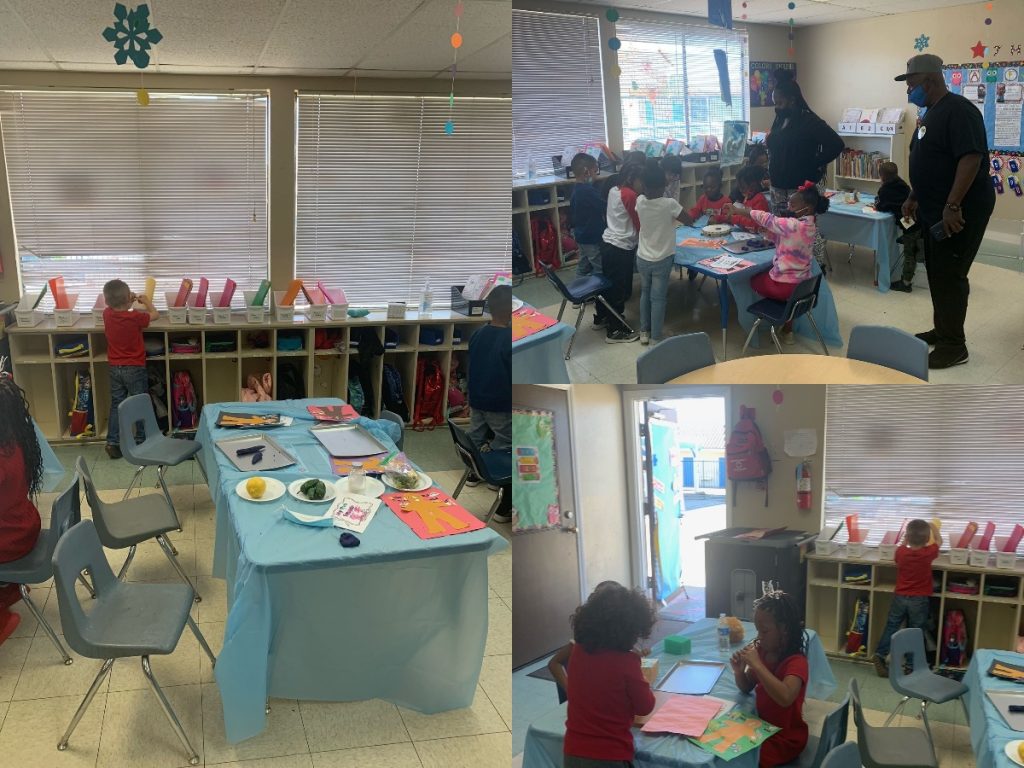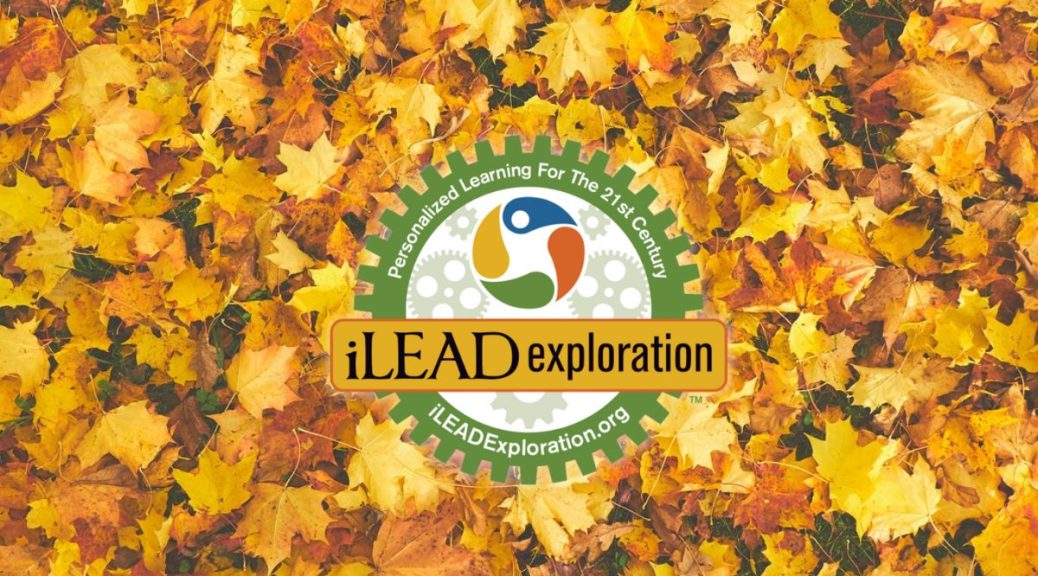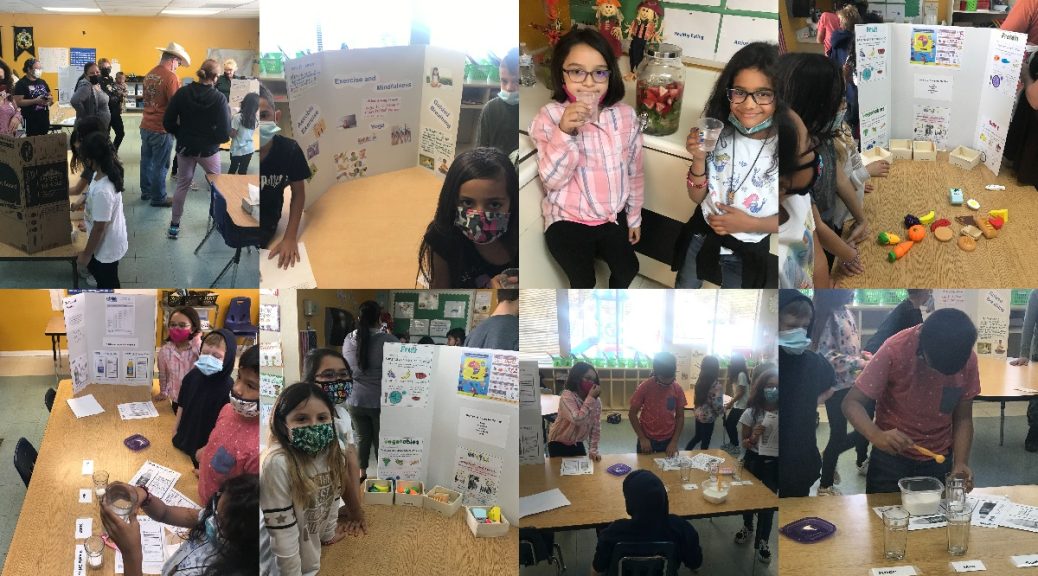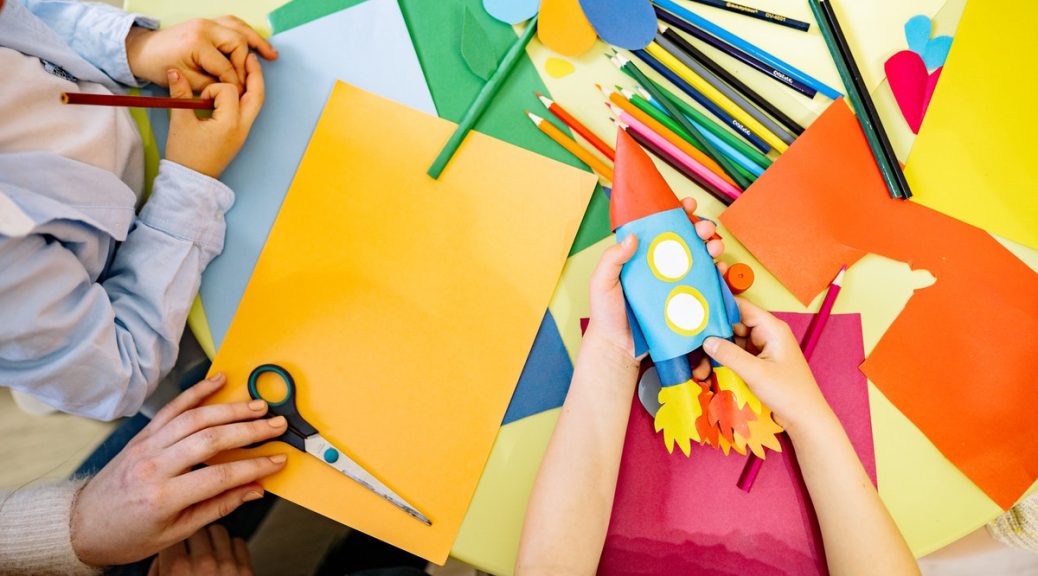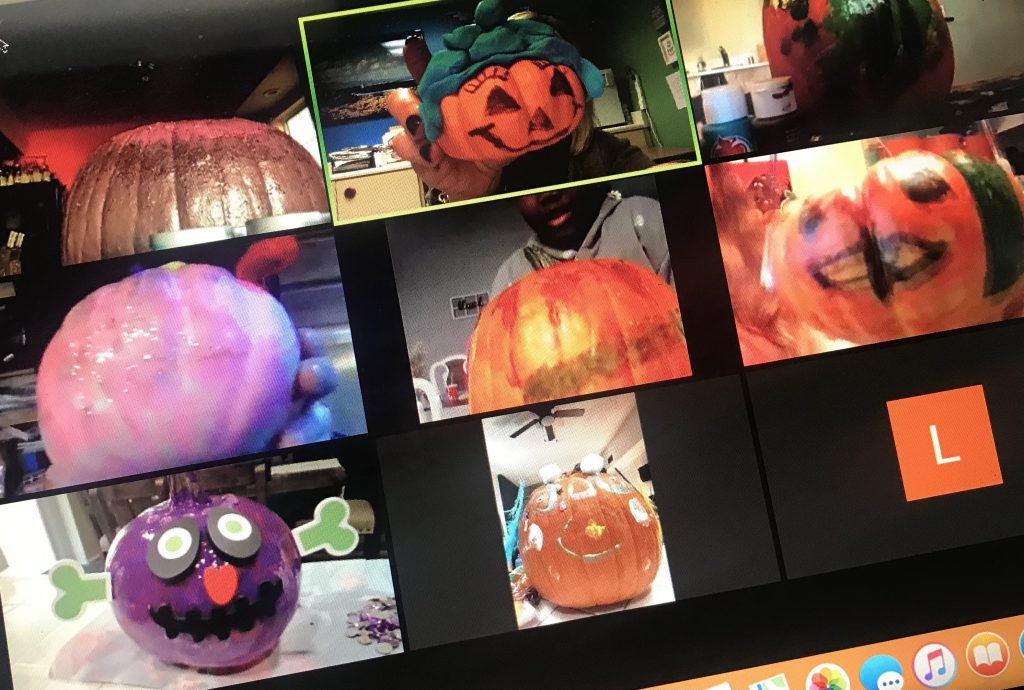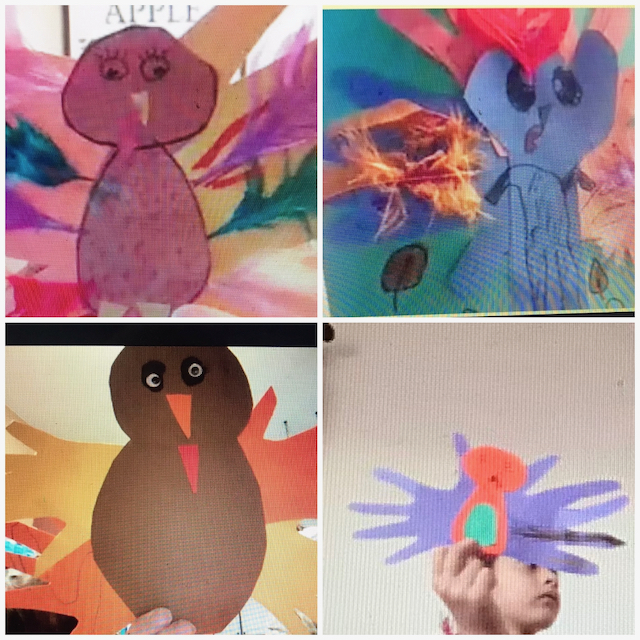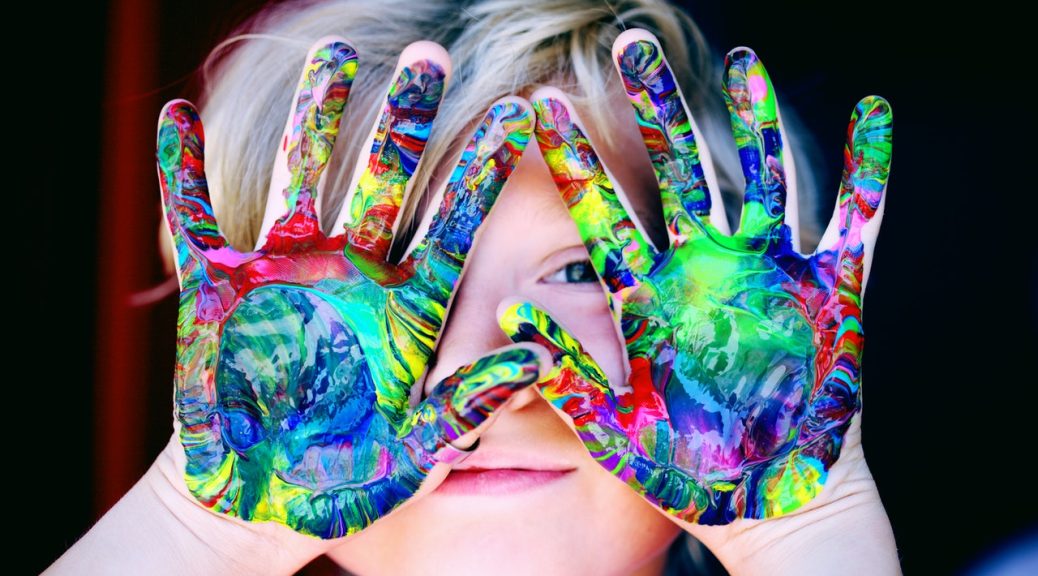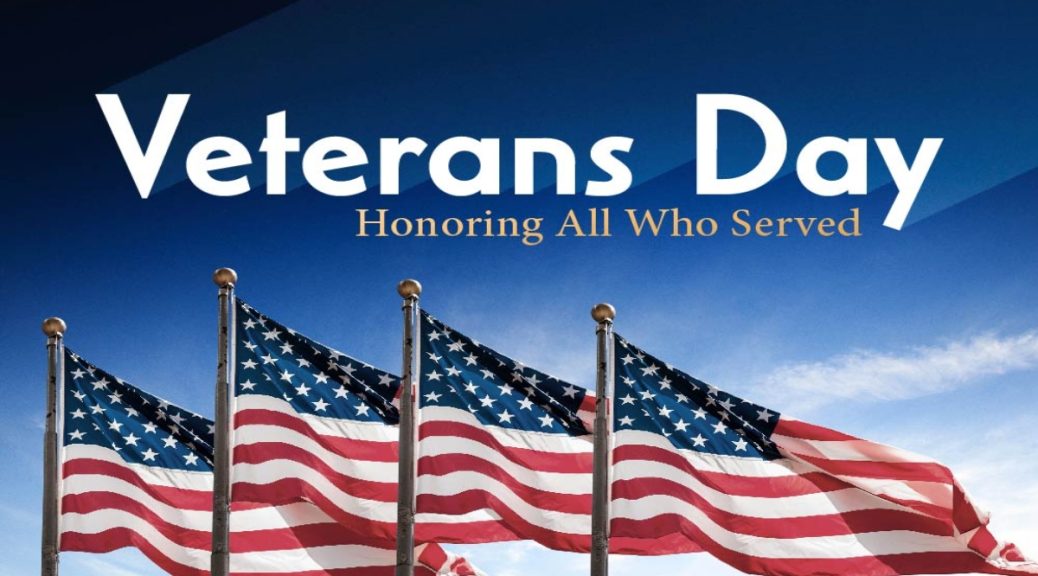During our recent TK/K Presentation of Learning, our learners studied the five senses and how they help them discover their place in the world.
Tag Archives: iLEAD AV
Kindergarten POL
Mrs. Oerding’s Kindergarten class helped their peers to better understand how to find their place in the world using their 5 senses. The kids were anxious, and one or two were scared, but they were so brave and loved to tell anyone that would listen what they learned. It truly was awe inspiring to see 5- and 6-year-olds explain their Presentation of Learning to older peers and staff.
Save the Date: Winter Production
Save the date for the iLEAD AV Winter Production Performing Arts Gala next month!
- December 15th – Cohort A
- December 16th – Cohort B
- 5-7 p.m. both dates
iAV Exploration: Message from the Director
Hello Amazing Exploration Families!
We are so excited to see your learners’ projects! Remember our Presentation of Learning and our Winter Program will be on Thursday, Dec. 16, from 5-7 pm in our Exploration Rooms. Please come and invite your friends and family! There will be other fun activities and performances all around the school site. We look forward to seeing you!
With gratitude,
Terri Budke
iLEAD AV Exploration Director
Director of North LA County Exploration
3rd Grade POL- The Healthy Eating Active Living (HEAL) Project
The Driving Question: How can I help educate others on how to live a healthier life?
The learners made projects on “Rethink Your Drink”, about the amount of sugar in juice, soda, sports drinks, and sweetened tea, and made an alternative drink without added sugar by creating infused water with mint and strawberries. “My Plate” was about the five food groups involved in healthy meals: Fruit, vegetables, grains, protein, and dairy. In “Exercise and Mindfulness” the learners promoted the benefits of exercise and conducted a guided breathing exercise for relaxation.
Ms. Bogna
3rd Grade Facilitator
Fun Craft Days on Zoom
Save the Date: Winter Production
Save the date for the iLEAD AV Winter Production Performing Arts Gala next month!
- December 15th – Cohort A
- December 16th – Cohort B
- 5-7 p.m. both dates
Save the Date: Winter Production
Save the date for the iLEAD AV Winter Production Performing Arts Gala next month!
- December 15th – Cohort A
- December 16th – Cohort B
- 5-7 p.m. both dates
‘Winter Wonderland’ Art Contest
All learners interested in revealing their artistic talents and creativity are encouraged to make an original drawing for the cover of the Winter Production Performing Arts Gala program. The winner will have their drawing featured on the cover of the program, which will be handed to the guests at the production. The theme is: ”WINTER WONDERLAND”.
Entries must be submitted by Friday, November 19. Please use the paper provided or a half sheet of 8 ½ x 11″ paper. All artwork must be original.
Some suggestions: Winter scenes, snowflakes, snow globes, snowmen, icicles, pine trees, lights, clouds, ice skating, arctic polar animals, ice castles, gnomes, sleigh rides, — BE CREATIVE AND HAVE FUN!
For questions, email holly.vasconez@ileadav.org.
Honoring Our Veterans
- Attend local Veterans’ Day events (for example “Let’s Laugh AV” at the Palmdale Event Hall on November 11th from 5:00 – 9:00 pm)
- Fly an American Flag
- Visit a VA Hospital
- Verbally thank a service member
- Write a note or card and send it to an active service member (https://amillionthanks.org/
letter/)



